Topics
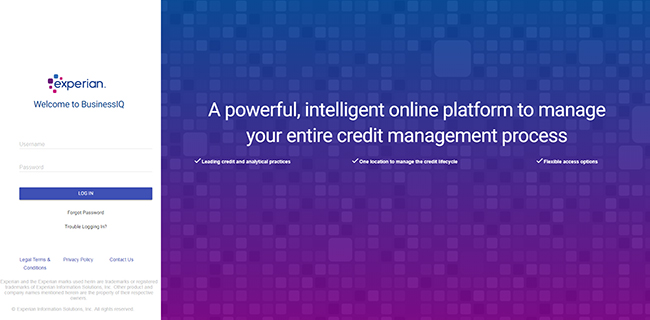
Today we are very proud to be taking the wrapper off the next generation of our flagship commercial credit management application, BusinessIQSM 2.0. To...
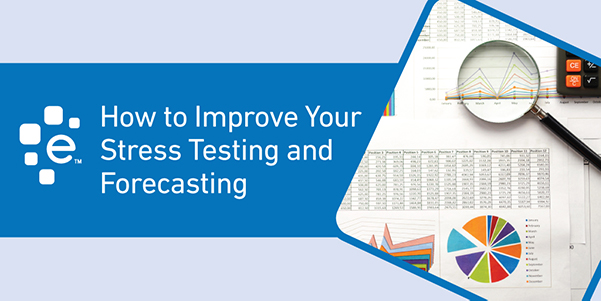
I have been on the road meeting with clients at advisory events, forums, and industry thought leadership conferences, and what I continue to hear...
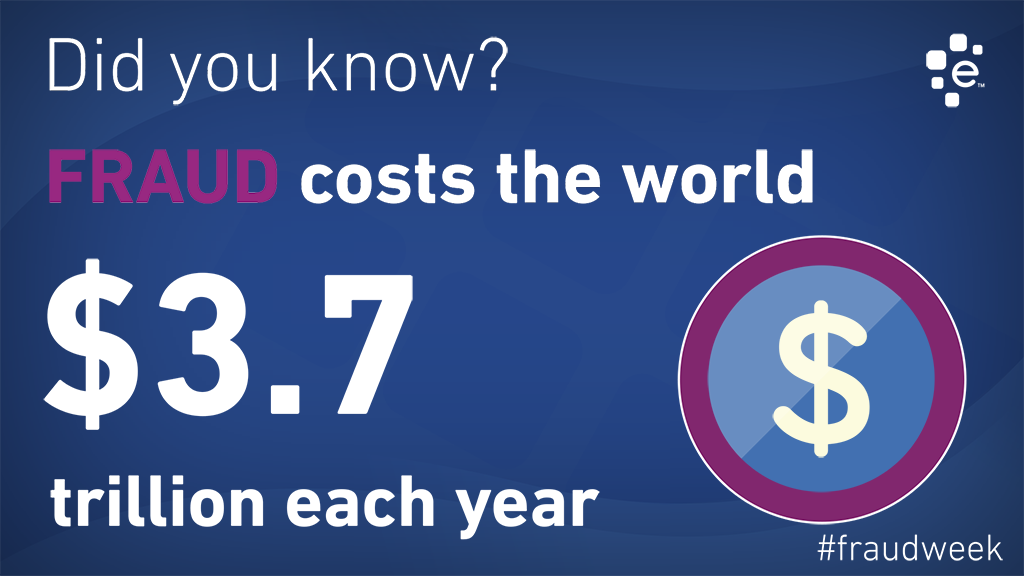
It’s International Fraud Awareness Week and Experian would like you to know how big the problem is for...
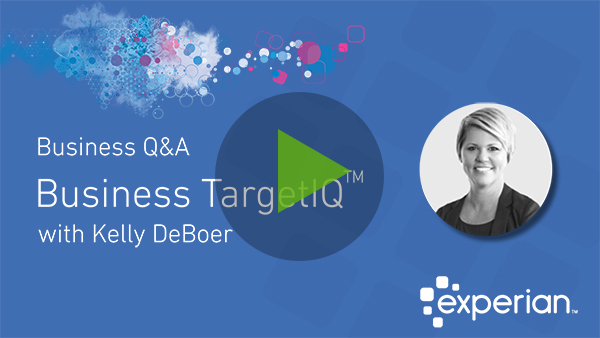
Experian Business Information Services recently introduced a powerful new marketing platform called Business TargetIQ. Product Manager, Kelly DeBoer answered a few questions about the...

As a Senior Consultant with Experian Advisory Services, Gavin Harding works closely with many of Experian’s FinTech and Financial Institution clients to find solutions...

We sat down with John Krickus, Senior Product Manager for Experian’s Scoring solutions to ask about the new Social Media Insight, and how this...

Are the credit models you are using to make lending decisions more than 2 or 3 years old? If so, you are likely making...

For utility companies, the customer onboarding process can sometimes be a complex, time-consuming, and unpleasant experience, especially if a manual credit decisioning process is...
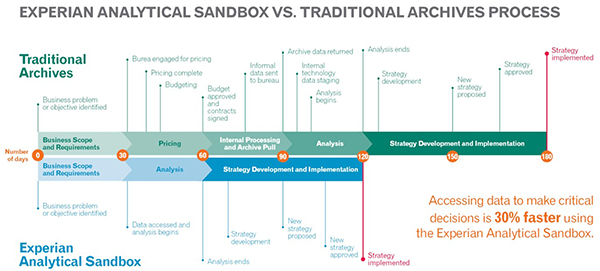
The appetite for businesses incorporating big data is growing significantly as the data universe continues to expand at an astronomical rate. In fact, according...
